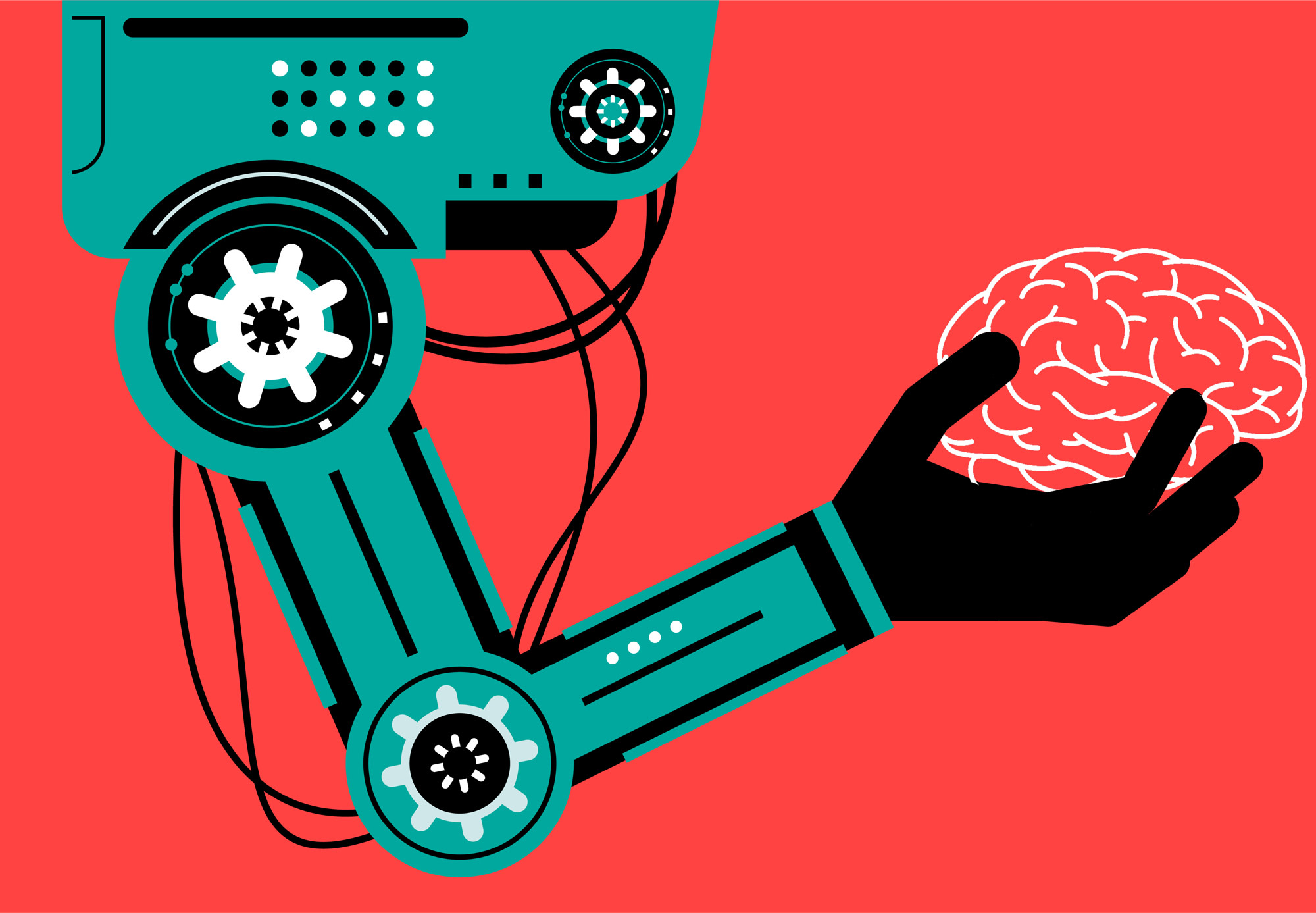
Apple has come into possession of a number of patents owned by Canadian inventor Timothy R. Pryor in recent years (see the More Coverage link below for a few examples), and it's just today been granted another that's particularly interesting. Described rather broadly as a "method for providing human input to a computer," the patent (filed in July of 2009) is a continuation of one dating all the way back to 1995, and appears to cover some fairly basic multitouch-related functions. As detailed in the patent's claims, that includes controlling a virtual object on a screen with two simultaneous touch inputs, as well as virtual controllers displayed on the screen that can also respond to touch input. The patent also describes responses to touch input, including both visual and force feedback cues, and it offers a whole range of possible applications beyond the independent claims, including an aircraft cockpit or vehicle display. Those independent claims are clearly focused on general computer interfaces, though, not specific implementations. Naturally, all of this has simply been revealed by the USPTO -- we wouldn't expect to hear anything from Apple or Mr. Pryor on the terms of the deal.
Filed under: Displays, Misc. Gadgets
Apple secures multitouch-related patent dating back to 1995 from inventor originally appeared on Engadget on Tue, 24 Jul 2012 14:11:00 EDT. Please see our terms for use of feeds.
Permalink |
 USPTO
USPTO |
Email this |
Comments
 A robotic arm smoothly traces the movements of a cursor on a computer screen, controlled by the brain activity of a person sitting close by who stares straight ahead. The person wears a cap covered in electrodes.
This "mind-controlled" robot limb is...
A robotic arm smoothly traces the movements of a cursor on a computer screen, controlled by the brain activity of a person sitting close by who stares straight ahead. The person wears a cap covered in electrodes.
This "mind-controlled" robot limb is...
 A robotic arm smoothly traces the movements of a cursor on a computer screen, controlled by the brain activity of a person sitting close by who stares straight ahead. The person wears a cap covered in electrodes.
This "mind-controlled" robot limb is...
A robotic arm smoothly traces the movements of a cursor on a computer screen, controlled by the brain activity of a person sitting close by who stares straight ahead. The person wears a cap covered in electrodes.
This "mind-controlled" robot limb is...




